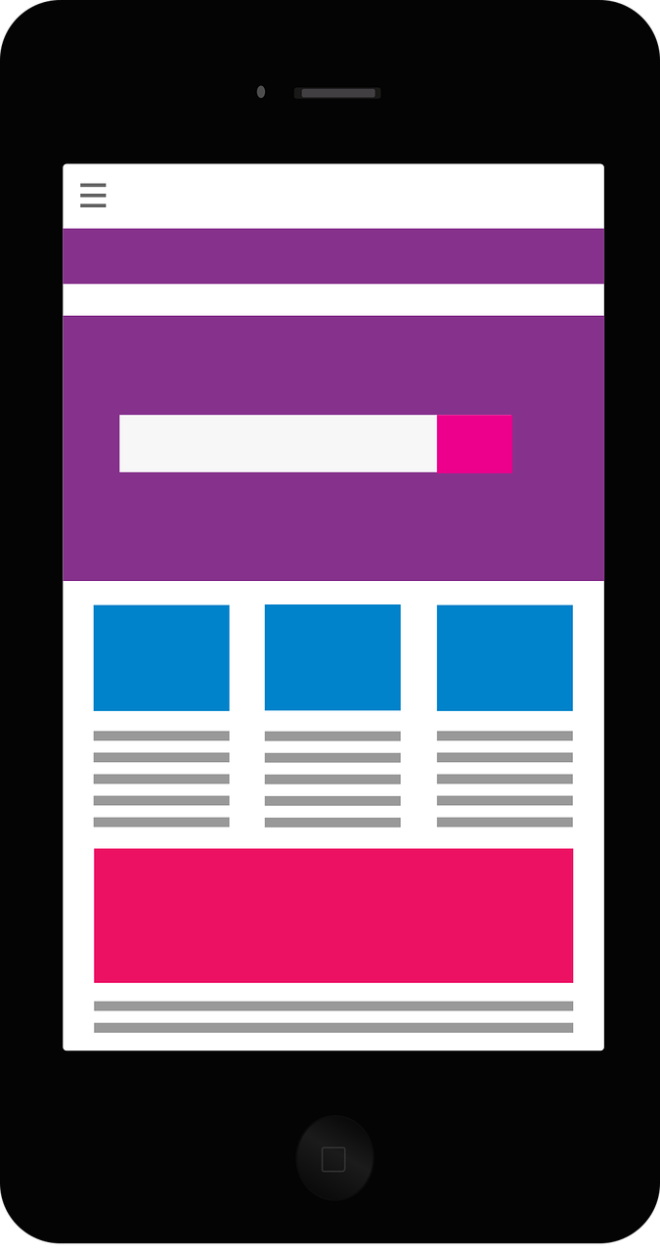Are you looking to create a strong online portfolio to showcase your work? Whether you’re a seasoned professional or just starting out, having an impressive online portfolio is essential for grabbing the attention of potential clients or employers. In this article, we’ll explore some key tips and strategies to help you create a compelling online portfolio that effectively showcases your skills, talents, and accomplishments. From selecting the right platform to curating your best work, we’ve got you covered. Let’s dive in and create a standout online portfolio!”
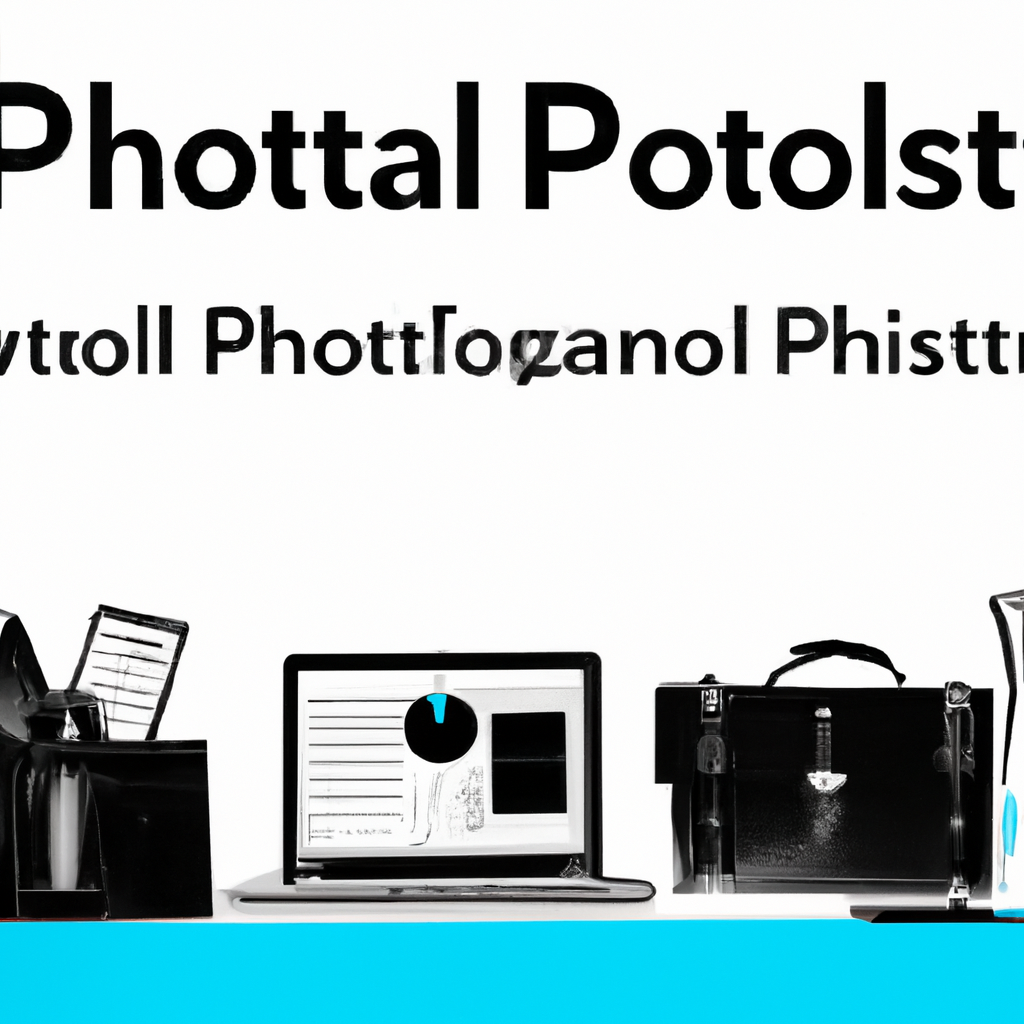
Choosing the Right Platform
Consider Your Target Audience and Industry
When it comes to creating an online portfolio to showcase your work, the first step is to consider your target audience and industry. Think about the type of people or companies you want to attract and the specific needs and preferences they may have. For example, if you are a photographer targeting fashion clients, you may want a platform that allows for high-quality image display and a sleek, modern design. On the other hand, if you are a web developer targeting tech startups, you might prioritize a platform that allows for easy integration of interactive elements and showcases your coding skills.
Evaluate Different Platform Options
Once you have a clear understanding of your target audience and industry, it’s time to evaluate different platform options. There are numerous platforms available that can help you create an online portfolio, ranging from website builders to dedicated portfolio sites. Take the time to research and explore different options, keeping in mind your specific requirements. Consider factors such as ease of use, customization options, available templates, and pricing. Look for platforms that align with your goals and provide the features and flexibility you need to effectively showcase your work.
Choose a User-Friendly and Customizable Platform
When choosing a platform for your online portfolio, it’s important to prioritize user-friendliness and customization. You want a platform that is intuitive and easy to use, even if you don’t have extensive technical knowledge. Look for platforms with drag-and-drop interfaces, clean and organized layouts, and user-friendly navigation. Additionally, customization options are key to creating a portfolio that reflects your unique style and branding. Choose a platform that allows you to customize colors, fonts, layouts, and other design elements to create a visually cohesive and personalized portfolio.
Defining Your Brand and Unique Selling Proposition
Identify Your Brand’s Values and Personality
Defining your brand is essential to creating a strong online portfolio. Your brand defines who you are, what you stand for, and how you want to be perceived by others. Start by identifying your brand’s values and personality. Think about what sets you apart from others in your field and what qualities define your work. Are you known for being innovative, reliable, or creative? Use these brand values to guide the design and content of your online portfolio, ensuring that everything reflects the essence of your brand.
Define Your Unique Selling Proposition
Once you have identified your brand’s values and personality, it’s time to define your unique selling proposition (USP). Your USP is the factor that sets you apart from your competitors and makes you stand out in the eyes of potential clients or employers. Take some time to analyze your strengths, skills, and expertise. What do you offer that others don’t? How can you communicate the value you bring to the table? Your USP should be clear and concise, effectively conveying what makes you the best choice in your industry. Incorporate your USP into your portfolio through compelling copy and visual elements.
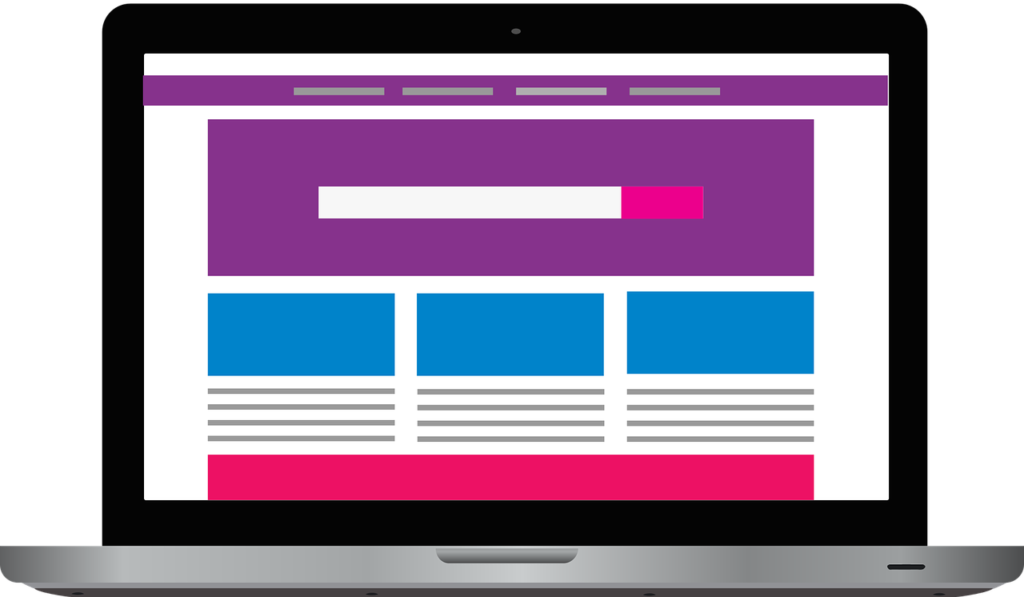
Selecting and Organizing Your Best Work
Curate Your Work to Reflect Your Skills and Expertise
When selecting your best work for your online portfolio, it’s important to curate your projects carefully. Choose examples that showcase your skills, expertise, and the type of work you want to attract. Select projects that best represent your capabilities and demonstrate your ability to solve problems or achieve objectives. Remember, quality over quantity is key. It’s better to showcase a few exceptional projects rather than overwhelm your audience with a large, mediocre collection. Be selective and choose projects that will leave a lasting impression on visitors to your portfolio.
Choose a Variety of Projects to Showcase Your Range
While curating your work, be sure to choose a variety of projects that showcase your range. This will help potential clients or employers better understand the breadth of your abilities and the different types of projects you have experience with. If you specialize in a specific niche, include a few projects that highlight your expertise in that area. However, don’t be afraid to include projects from other industries or disciplines that demonstrate your versatility and adaptability. A diverse portfolio will demonstrate your ability to bring fresh perspectives and insights to any project.
Arrange Your Work in a Logical and Engaging Manner
Once you have selected your projects, it’s important to arrange them in a logical and engaging manner within your portfolio. Consider the flow and order in which visitors will view your work. You might choose to start with your strongest or most recent projects to make a strong first impression. Alternatively, you could organize your projects thematically or by industry to make it easier for visitors to navigate and find the type of work they are most interested in. Pay attention to visual aesthetics and ensure that your portfolio is visually appealing and easy to navigate. A well-organized and engaging portfolio will keep visitors interested and encourage them to explore further.
Crafting Compelling Project Descriptions
Highlight the Objectives and Challenges of Each Project
When describing your projects within your online portfolio, it’s important to highlight the objectives and challenges you faced. This gives potential clients or employers a deeper understanding of the context in which you worked and the problem-solving skills you possess. Describe the goals you were trying to achieve with each project and any specific challenges or constraints you had to overcome. This will help demonstrate your ability to tackle complex problems and provide valuable insights into your approach to each project.
Describe Your Role and Contributions
In addition to highlighting the objectives and challenges, it’s crucial to describe your role and contributions to each project. Clearly explain what specific tasks you were responsible for and how your skills and expertise were utilized. This will help potential clients or employers understand your level of involvement and the value you brought to the project. If you collaborated with a team, be sure to mention that as well and emphasize how your contributions contributed to the overall success of the project. By providing this level of detail, you will effectively demonstrate your capabilities and the unique perspective you bring to your work.
Include Any Metrics or Results Achieved
To make your project descriptions even more compelling, consider including any metrics or results you achieved. Did your work lead to increased website traffic, higher conversion rates, or improved user satisfaction? Quantifying the impact of your work adds credibility and demonstrates the tangible value you provide. If you don’t have specific metrics to include, try to convey the impact of your work through anecdotal evidence or testimonials from clients or colleagues. This will give potential clients or employers confidence in your abilities and the results you can deliver.
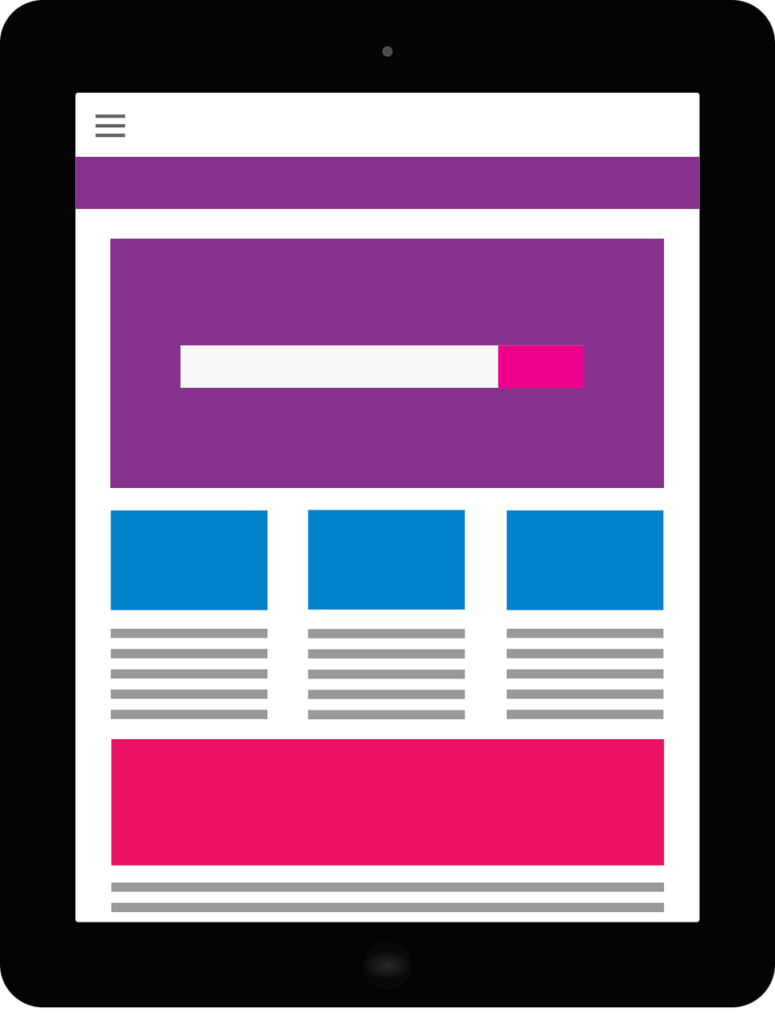
Optimizing for Search Engines
Research and Incorporate Relevant Keywords
To ensure your online portfolio is discoverable by search engines, it’s important to research and incorporate relevant keywords. Think about the words and phrases that potential clients or employers might use when searching for someone with your skills and expertise. Consider industry-specific terms, job titles, and key skills. Once you have identified these keywords, strategically incorporate them into your portfolio’s text and descriptions. Be careful not to overstuff keywords, as this can negatively impact your search engine rankings. Aim for a natural and seamless integration of keywords that enhances the readability and relevance of your portfolio.
Ensure Proper Metadata and Image Descriptions
In addition to incorporating keywords into your portfolio’s text, it’s essential to optimize the metadata and image descriptions. Metadata refers to the information that search engines use to understand the content of your portfolio. This includes the page title, meta description, and alt tags for images. Make sure each page has a unique and descriptive title that accurately reflects the content. Write concise and captivating meta descriptions that entice users to click through to your portfolio. For images, include descriptive alt tags that clearly convey what the image represents. By optimizing these elements, you increase the chances of your portfolio appearing in relevant search results.
Use Descriptive URLs and Headers
Another way to optimize your online portfolio for search engines is to use descriptive URLs and headers. URLs play a role in search engine ranking algorithms, so it’s important to include relevant keywords in your URLs. Instead of generic URLs like “myportfolio.com/project1,” opt for URLs that include keywords related to the specific project, such as “myportfolio.com/fashion-photography-portfolio.” Additionally, use descriptive headers throughout your portfolio’s pages to further enhance its search engine optimization (SEO). Headers not only help break up the content and make it easier to read, but they also provide another opportunity to incorporate keywords in a natural and meaningful way.
Enhancing with Multimedia and Interactive Elements
Include High-Quality Images and Videos
One of the most effective ways to enhance your online portfolio is by including high-quality images and videos. Visual content can significantly impact how potential clients or employers perceive your work and can help bring it to life. Invest in professional photography or videography services to ensure your work is accurately represented and showcased in the best possible way. Make sure the images and videos you include are relevant, engaging, and showcase your skills and attention to detail. High-resolution images and videos not only enhance the visual appeal of your portfolio but also demonstrate your commitment to quality and professionalism.
Implement Interactive Features and Functionality
In addition to visual content, consider implementing interactive features and functionality in your online portfolio. This can range from simple animations and hover effects to more complex interactive elements such as sliders, galleries, or interactive prototypes. Interactive features not only add visual interest and engagement but also provide visitors with a deeper understanding of your work and capabilities. They allow potential clients or employers to interact with your portfolio and experience your work firsthand. Choose interactive elements that align with your brand and enhance the overall user experience, making your portfolio stand out from the crowd.
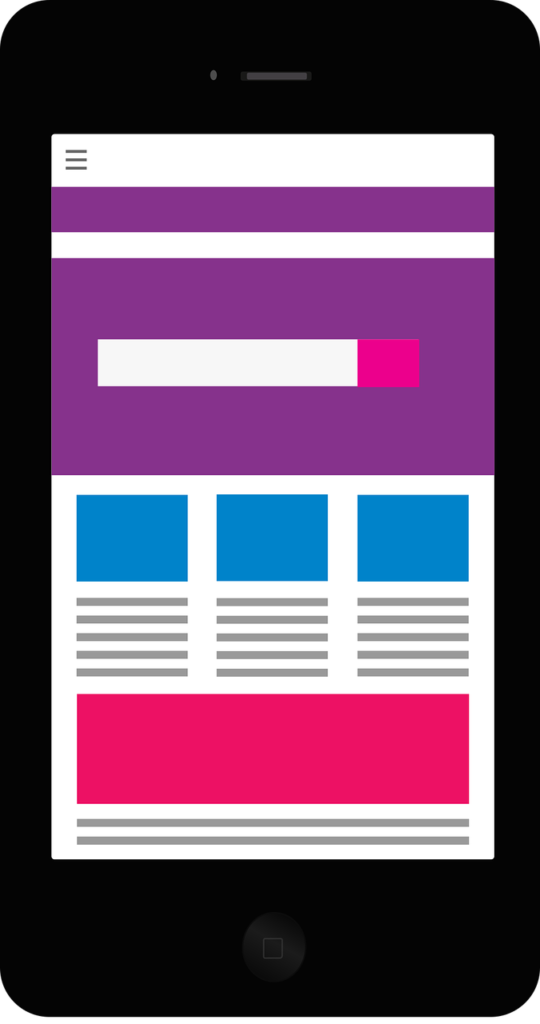
Making it User-Friendly and Mobile Responsive
Ensure Smooth Navigation and Interface Design
Creating a user-friendly online portfolio is crucial to providing a positive experience for potential clients or employers. One of the key aspects of a user-friendly portfolio is smooth navigation and intuitive interface design. Visitors should be able to navigate your portfolio effortlessly, finding the information they need without confusion or frustration. Implement clear and easy-to-use navigation menus, logical page hierarchies, and straightforward labeling of sections and categories. Carefully consider the placement of buttons and links to ensure they are easily accessible and prominently displayed. By prioritizing user-friendly navigation and interface design, you create a seamless experience that keeps visitors engaged and encourages them to explore further.
Optimize for Different Devices and Screen Sizes
In today’s mobile-centric world, it’s imperative that your online portfolio is optimized for different devices and screen sizes. Many potential clients or employers will access your portfolio on their smartphones or tablets, so it’s crucial that it displays correctly and is easy to navigate on these devices. Choose a platform or template that offers responsive design, meaning that the layout and content automatically adjust to fit different screen sizes. Test your portfolio on different devices to ensure that the user experience remains consistent and enjoyable regardless of the device being used. A mobile-responsive portfolio demonstrates your attention to detail and commitment to providing the best possible user experience.
Adding Testimonials and Social Proof
Feature Client Testimonials and Recommendations
An effective way to build credibility and trust with potential clients or employers is to feature client testimonials and recommendations within your online portfolio. Reach out to past clients and ask for their feedback on your work and experience working with you. Highlight positive testimonials that showcase the impact your work had on their projects or businesses. If you have received recommendations on professional platforms like LinkedIn, be sure to include those as well. Testimonials and recommendations provide social proof and validate your skills and expertise. They serve as powerful endorsements and can help sway potential clients or employers in your favor.
Integrate Your Social Media Profiles and Networks
In addition to featuring testimonials, it’s important to integrate your social media profiles and networks into your online portfolio. Social media platforms provide an additional opportunity to showcase your work, engage with followers, and further establish your online presence. Include links to your social media profiles, such as LinkedIn, Twitter, or Instagram, in a prominent location within your portfolio. This allows visitors to connect with you on other platforms and stay updated on your latest projects and updates. By actively maintaining and participating in social media networks, you demonstrate your commitment to your craft and foster a sense of community within your industry.
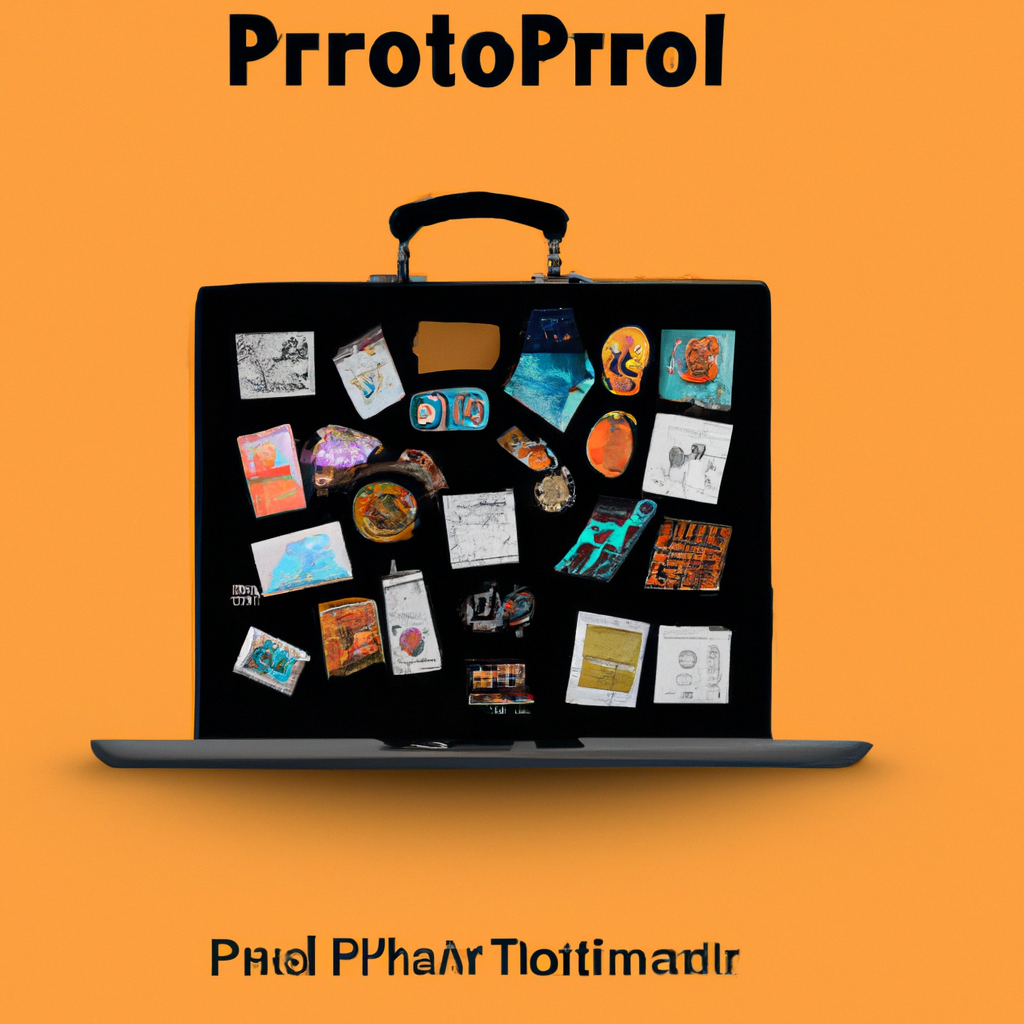
Showcasing Your Personality and Process
Include an About Me Section
To make your online portfolio more personal and relatable, include an “About Me” section that provides insights into who you are as a person and a professional. This section serves as an opportunity to showcase your personality, values, and passions. Write an engaging and concise biography that highlights your background, experiences, and achievements. Be transparent and authentic, allowing potential clients or employers to get to know you beyond your work. Including a professional headshot or photo can also help humanize your portfolio and establish a personal connection with visitors. By sharing your story and personality, you create a memorable impression that sets you apart from others.
Explain Your Design Process or Problem-Solving Approach
In addition to highlighting your personality, it’s important to explain your design process or problem-solving approach within your online portfolio. This helps potential clients or employers understand your methodology, approach to projects, and how you generate innovative solutions. Break down your process into clear steps or phases, outlining the tools and techniques you utilize along the way. Include real-life examples or case studies that demonstrate how your process led to successful outcomes. By providing insight into your approach, you instill confidence in potential clients or employers and position yourself as a strategic thinker and problem solver.
Encouraging User Engagement and Feedback
Include Contact Information and Call to Action
To encourage user engagement and feedback, it’s crucial to include clear contact information and a call to action within your online portfolio. Be sure to prominently display your email address, phone number, and any other relevant contact details. This makes it easy for potential clients or employers to get in touch with you if they are interested in your work. Additionally, include a clear call to action that prompts visitors to take the next step, such as scheduling a consultation, requesting a quote, or viewing your full portfolio. An effective call to action guides visitors in their decision-making process and encourages them to engage with you further.
Integrate a Comment or Feedback System
To further encourage user engagement and feedback, consider integrating a comment or feedback system within your online portfolio. This allows visitors to leave comments or provide feedback on your work or specific projects. Not only does this provide an opportunity for constructive criticism or praise, but it also fosters a sense of community and interaction. Visitors can engage with each other, ask questions, and share their thoughts, creating a valuable dialogue around your work. Be sure to actively moderate and respond to comments to demonstrate your engagement and commitment to creating a positive user experience.
